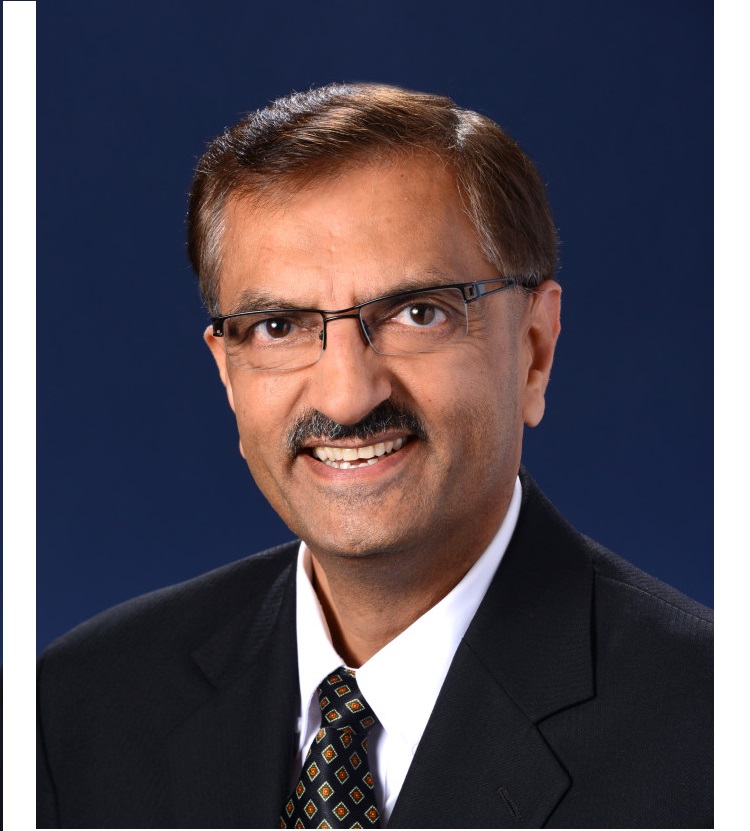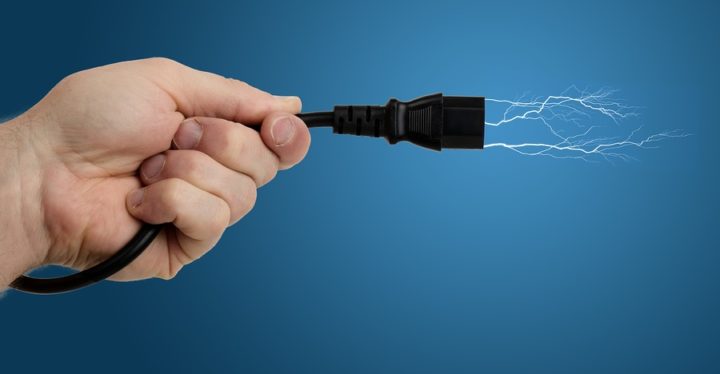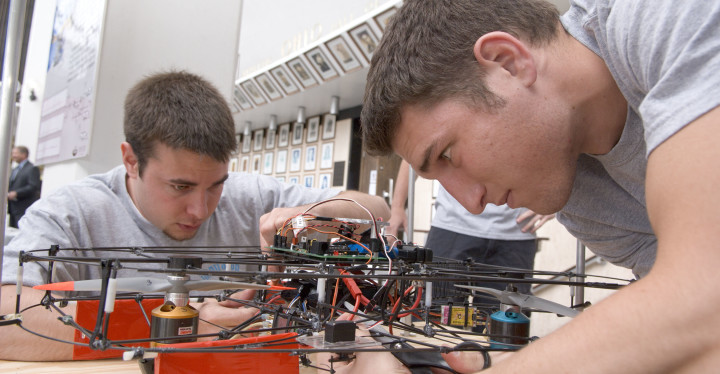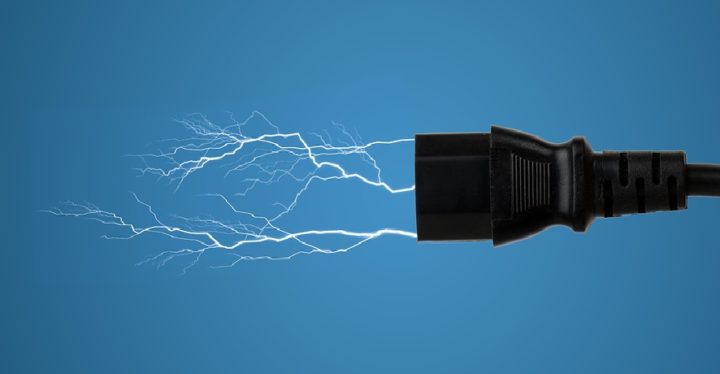“Look Ma, No Hands, No Wires!”
Today, most of us take access to Wi-Fi (IEEE Std. 802.11n™) for granted. That’s what makes our daily lives go-around at home, in the office or on the road with access to information across the Internet. Compared to the ‘tethered’ internet access of a few years ago, we became so much more mobile, and productive now having “cut the cord.” But one aspect of our technology usage that is still tied to cords is the need for power even when you have battery operated devices. Think about all of the devices in our lives that require batteries to be recharged: wireless phones, laptops, electric vehicles, medical devices, all the fun wearables and so much more. What if you didn’t need to plug in a device to recharge its battery or what if your device didn’t even need a battery for its power supply? There are a number of standards currently available and in development that support just that through Wireless Power Transfer (WPT) that can allow us to “cut the cord” to traditional power sources.
WPT can help make our lives much easier and can help support cleaner, greener energy options. There is a lot to consider in this area such as: compatibility, spectrum availability, and health/safety concerns. The articles in this issue of the IEEE Standards Education eMagazine explore the work that has been done and is currently taking place around the world for WPT standards in a variety of fields.
In consumer electronics, there are currently a number of competing standards for WPT, even within the same Standards Development Organization (SDO). The question is then raised for manufacturers as to which standard they should choose for their products? This is a critical decision that can affect how well a product may do in the market and be adopted by consumers. Similar concerns arise for car manufacturers as the technology needs to be compatible and work properly with devices installed at charging locations. Applications of WPT are numerous and go beyond what has already been seen on the market today. Understanding the role of standards in this area can help to facilitate advancements in current and new technologies.
As you can see, industry agreement on standards plays a critical role in the development of technologies that will work as promised and be successfully accepted by consumer markets. Our hope is that as you read this quarterly issue of the IEEE Standards Education eMagazine, you’ll learn about the importance of collaboration in standards development in wireless power transfer, the impact of standards on these technologies, and why education about standards is critical for moving technologies in this area forward. If you are wondering how WPT affects you, just think about the recharging convenience offered at your favorite coffee shop, or the time you forgot the charger for your phone. If you are among those who drive/own an electric vehicle, you know the need for recharging your vehicle’s batteries. Wouldn’t it be great if you could recharge while you are driving (dynamic wireless charging)? In order to make these applications possible, the industry needs standards and products built on (in compliance with) these standards.
As always, we have included funny pages, featured courses highlighting Practical Ideas from Professors, a featured video on the author of the book, Modern Standardization as well as a review of that same book, and links to a number of public articles and other information that you may find useful. A fascinating student paper which explores wireless power systems in underwater probe is also featured.
Happy reading!
Yatin Trivedi
Director of Standards and Interoperability Programs, Synopsys
ytrivedi@ieee.org
Yatin Trivedi, Editor-in-Chief, is Director of Standards and Interoperability Programs at Synopsys. He is a member of the IEEE Standards Association Board of Governors (BoG), Standards Board (SASB) and Standards Education Committee (SEC), vice chair of the Corporate Advisory Group (CAG), chair of the Industry Connections Committee (ICCom) and serves as vice-chair for Design Automation Standards Committee (DASC) under Computer Society. Since 2012 Yatin has served as the Standards Board representative to IEEE Education Activities Board (EAB). He represents Synopsys on the Board of Directors of the IEEE-ISTO and on the Board of Directors of Accellera. He represents Synopsys on several standards committees (working groups) and manages interoperability initiatives under the corporate strategic marketing group. He also works closely with the Synopsys University program.
In 1992, Yatin co-founded Seva Technologies as one of the early Design Services companies in Silicon Valley. He co-authored the first book on Verilog HDL in 1990 and was the Editor of IEEE Std 1364-1995™ and IEEE Std 1364-2001™. He also started, managed and taught courses in VLSI Design Engineering curriculum at UC Santa Cruz extension (1990-2001). Yatin started his career at AMD and also worked at Sun Microsystems.
Yatin received his B.E. (Hons) EEE from BITS, Pilani and the M.S. Computer Engineering from Case Western Reserve University, Cleveland. He is a Senior Member of the IEEE and a member of IEEE-HKN Honor Society.




